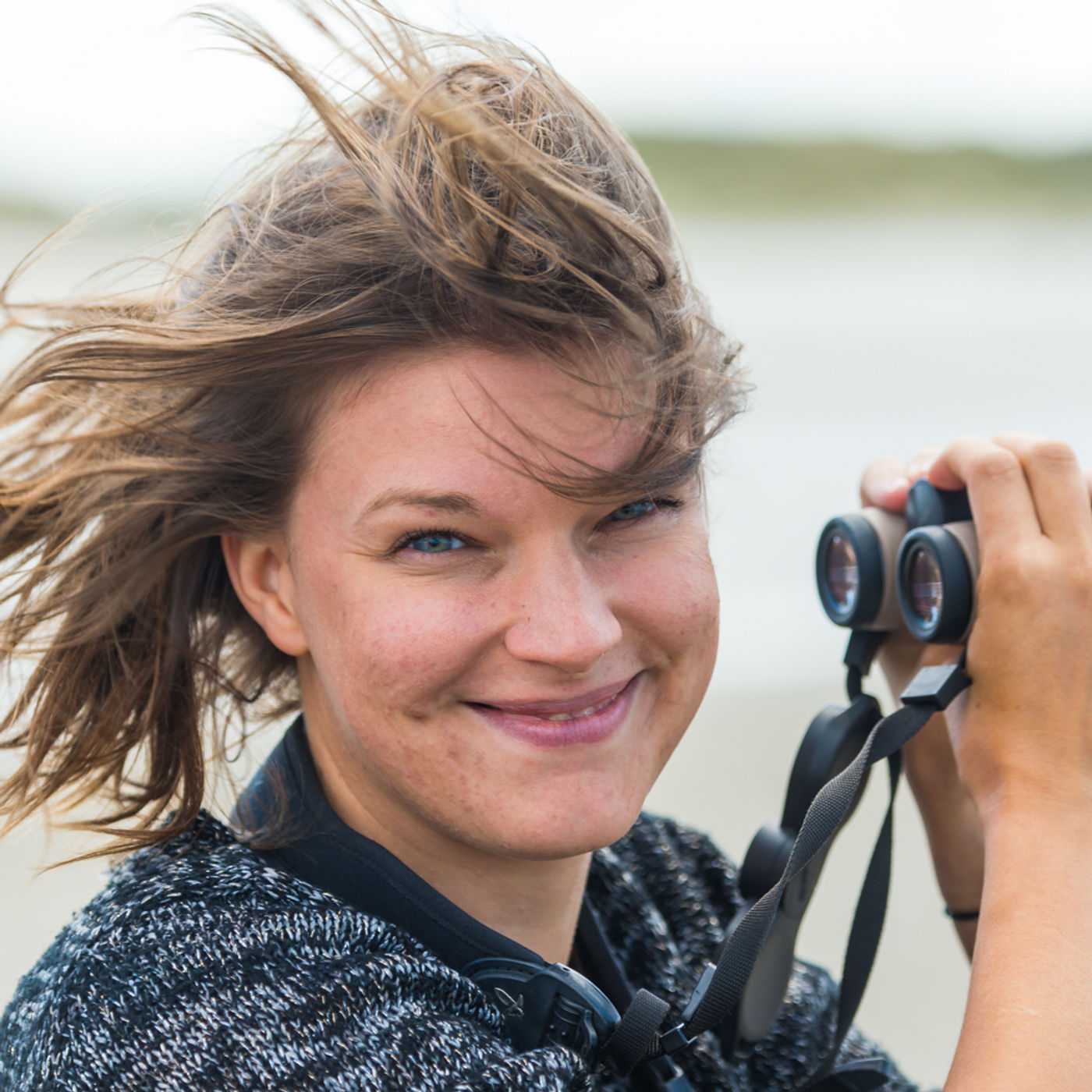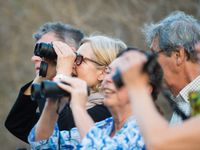Start to bird: how do you choose a pair of binoculars?
The time has come: you are considering buying yourself some binoculars. You’re interested in nature and want to see everything in a clearer way, even if it is just the birds in your own garden that you’d like to watch from behind the kitchen window. When buying binoculars, a good choice is worth everything. After all, you want to have as much fun as possible from them and obtain the best image. However, the choice is so huge people often don’t see the wood for the trees anymore.
STARLING to the rescue! Here is a step-by-step guide that provides a clear answer to questions such as “How do I buy good binoculars?” and “What do I pay attention to when I buy myself some bins?” Here we go!
The bins inside out
Telescopes and binoculars are built up inside of prism lenses. That is why we see everything that we look at displayed upright. That seems obvious, but the very first viewers were designed with negative lenses, which literally turned the world upside down. Not very practical of course, so it’s good that prism lenses finally saw the first light.
The objective lens, at the front of your pair, captures the light and passes it on to the prism. There the image is mirrored and sent on to the eyepiece.
The eyepiece is the magnifying part of the bins and therefore ensures that you see more detail on the bird or whatever you want to view.
Two types of binoculars
Binoculars are optics as we know them. The word says it all: with two ‘eyepieces’. You look through it with both eyes that capture two images. Your brain fuses both images into a beautiful whole. There are two types of binoculars: the roof prism binoculars and porro prism binoculars.
- Porro prism binoculars are outdated, but are still used as a stereotype in cartoons and films. They are binoculars with an angle in the position of both lens boxes, so that the lenses on the objective side (in front) are a lot wider than on the eyepiece side (through which you actually look). The image gets transported through an N-bend, which had the advantage that less light loss occurred and the image had more depth.
- You can find porro prism binoculars in supermarkets and also in certain optical gear stores, but nowadays roof prism binoculars surpass them in all areas: they are elegant, more compact, airtight and slightly more expensive, although you find roof prism binoculars for every budget.
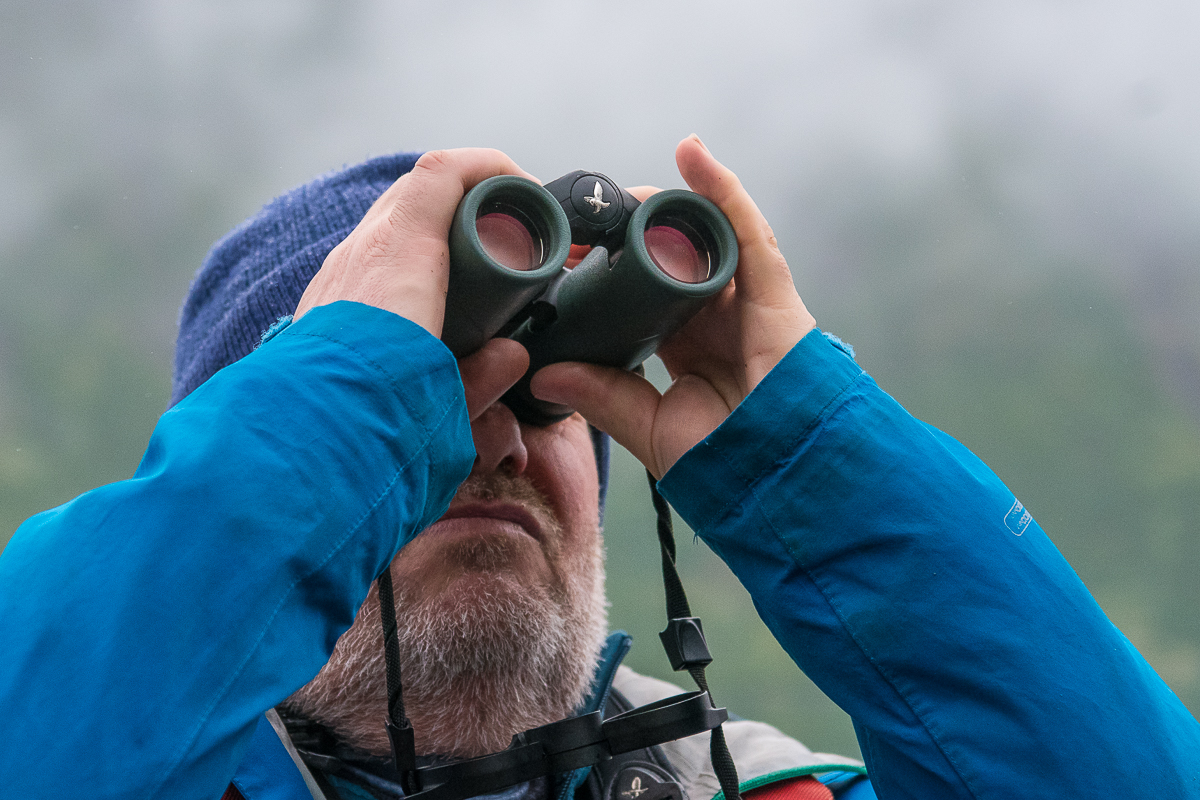
What with telescopes?
Telescopes give you the luxury of making enjoyable observations from a great distance. They are indispensable for scanning, for example, the ocean, large plains or the sky. Yet they ultimately only make up 5 to 10% of your observation time.
A telescope is, in other words, a luxury product!
Again the rule ‘higher magnification is not necessarily better’ comes in handy here. When you go out in nature, binoculars are really indispensable. You have a lot more freedom of movement and you need enough binoculars to recognize everything, certainly with some practice. Are you really a passionate birder or a driven mammalian spotter? Then a telescope is ultimately necessary, but time will tell in that case.
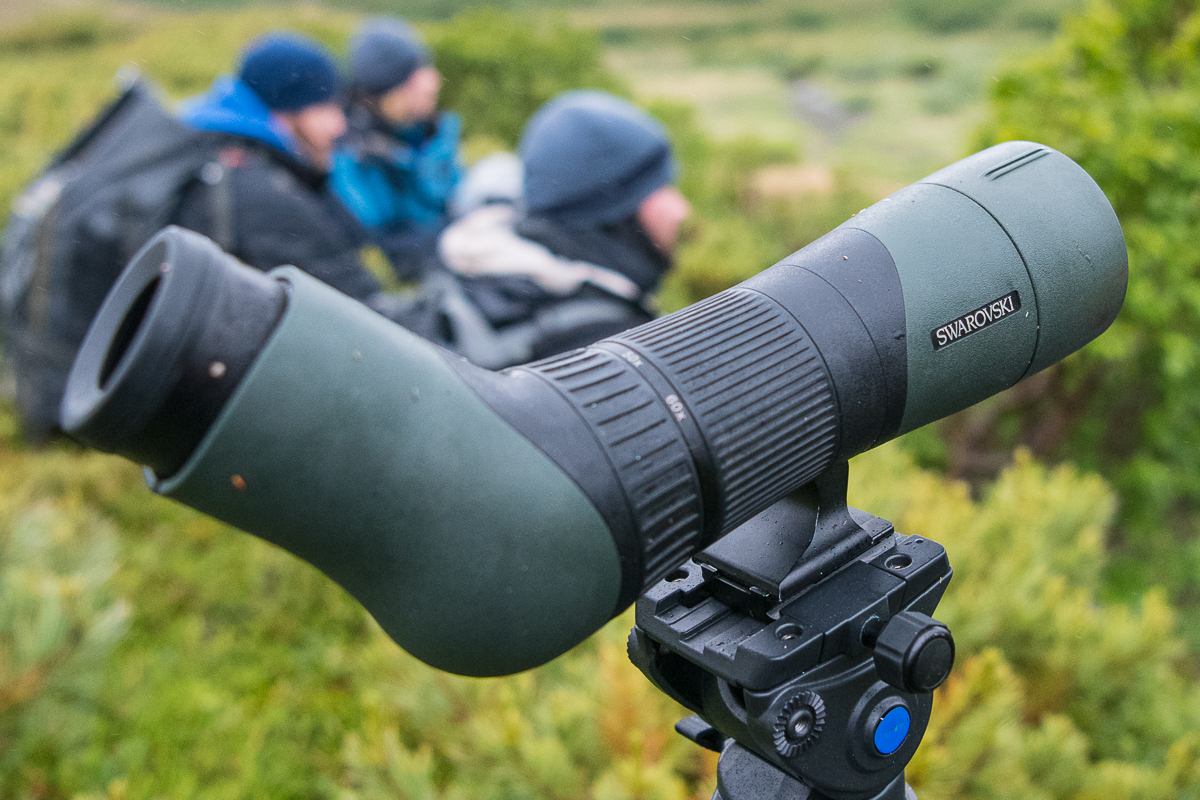
Questions or doubts? Only one address!
If you have any questions or doubts about choosing binoculars or other optical material, we are happy to refer you (and with our blind faith) to our partners Natuurkijkers.be in Oudenaarde or Sights Of Nature in Jabbeke. With them you’re guaranteed to return with less troubled view.
Have fun watching!
Billy Herman and the STARLING team
What to pay attention to while choosing your bins?
In order to familiarize yourself with the huge range of bins, it’s necessary to familiarize yourself with a number of technical terms that are used to demonstrate the quality of a pair.
-
The width of your lens
On binoculars you always see a combination of numbers, often in a multiplication sign in between such as 8×32 or 10×42. The first number stands for the magnification, the second number stands for the width of your lens.
As the lens lets light pass through, you cannot choose this one too small! Especially for birders or naturalists in general, a wide lens is recommended. After all, you often look far or into the twilight.
Some measures:
- < 30 mm: only suitable for perfect light conditions
- 30 – 50 mm: also useful in slightly mediocre light conditions (fprests, cloudy weather)
- > 50 mm: needed in the twilight (and mainly needed for hunting)
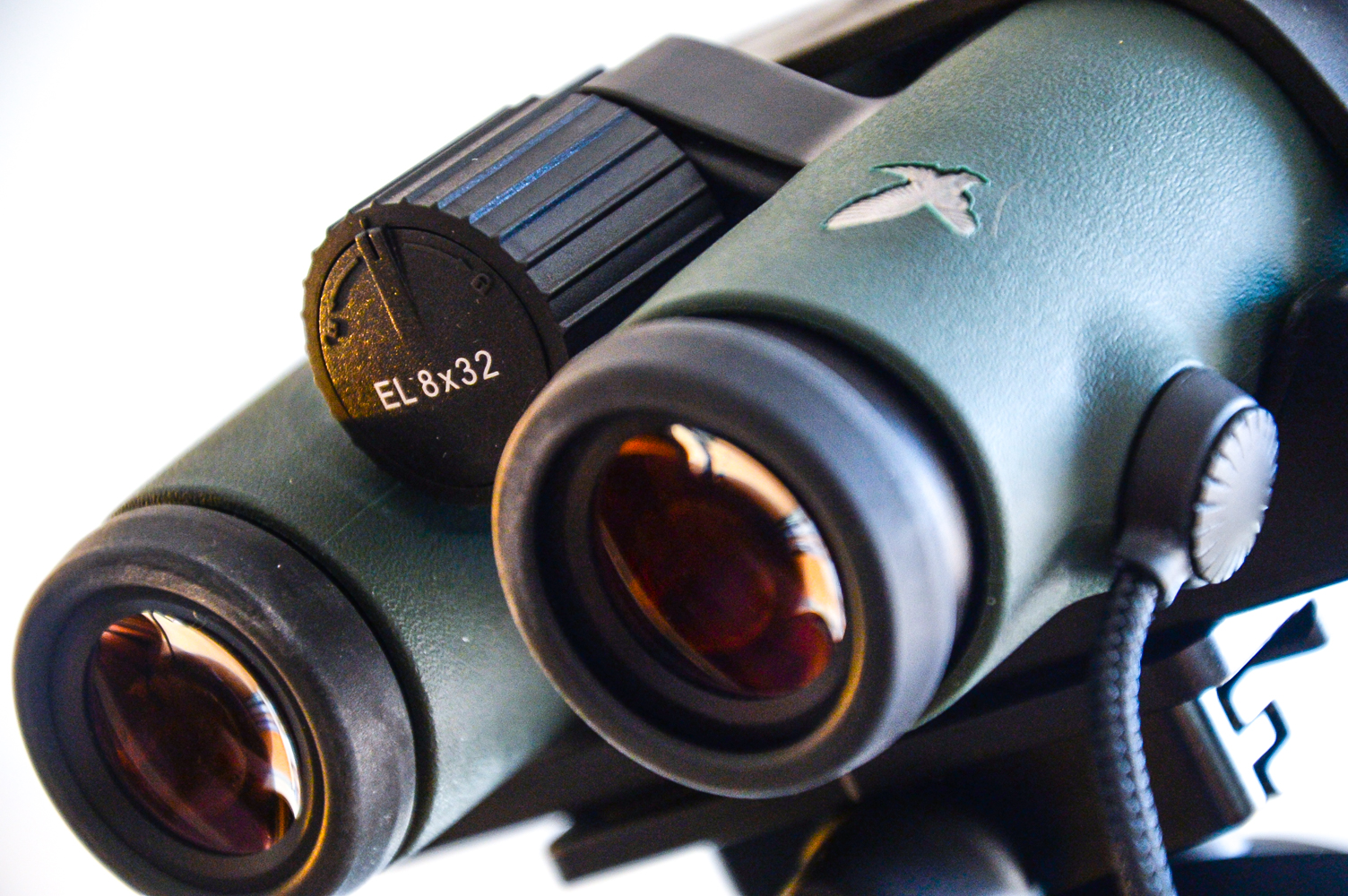
-
Magnification: larger is not necessarily better
Opinions are divided as to magnification. The two most used values are 8x and 10x magnification. A larger magnification is not necessarily better. The difference between an 8x and a 10x is rather small, and to use a 10x you must have a very steady hand.
There are proponents of both magnifications. And nowadays there are also intermediate sizes (8.5x for example). Going over 10x is not interesting for handheld binoculars and with a value lower than 8x the binoculars lose a little bit of their purpose.
-
The shape and value of the exit pupil
Hold your binoculars at arm’s length distances and have a look at the eyepieces. You’ll see a circle in the middle of the eyepiece lenses. This is called the exit pupil. Is the circle perfectly round? Then you are dealing with high-quality lenses, so a better viewer. Are there any right angles or edges along the edges? Then the bins score less high.
Also, a value belongs to the exit pupil. It is often mentioned in the viewer’s specifications, but you can also calculate it yourself. Divide the objective diameter by the magnification factor and you get the value of your exit pupil. The larger the number, the easier you will have a great image. Some examples:
- 8×42 = 42/8 = 5.25 (higher value)
- 10×42 = 42/10 = 4.2 (average value)
- 10×32 = 32/10 = 3.2 (lower value)
Compare it with a keyhole. When you look through a large keyhole, you’ll have quick access to an image. Not when you try to do this through a small keyhole. The higher the number, the faster and easier your image will be and the faster you will see the bird or animal in question. The lower the number, the slower you will be able to make the observation. In our opinion it is one of the most important values when choosing your viewer, but many overlook them.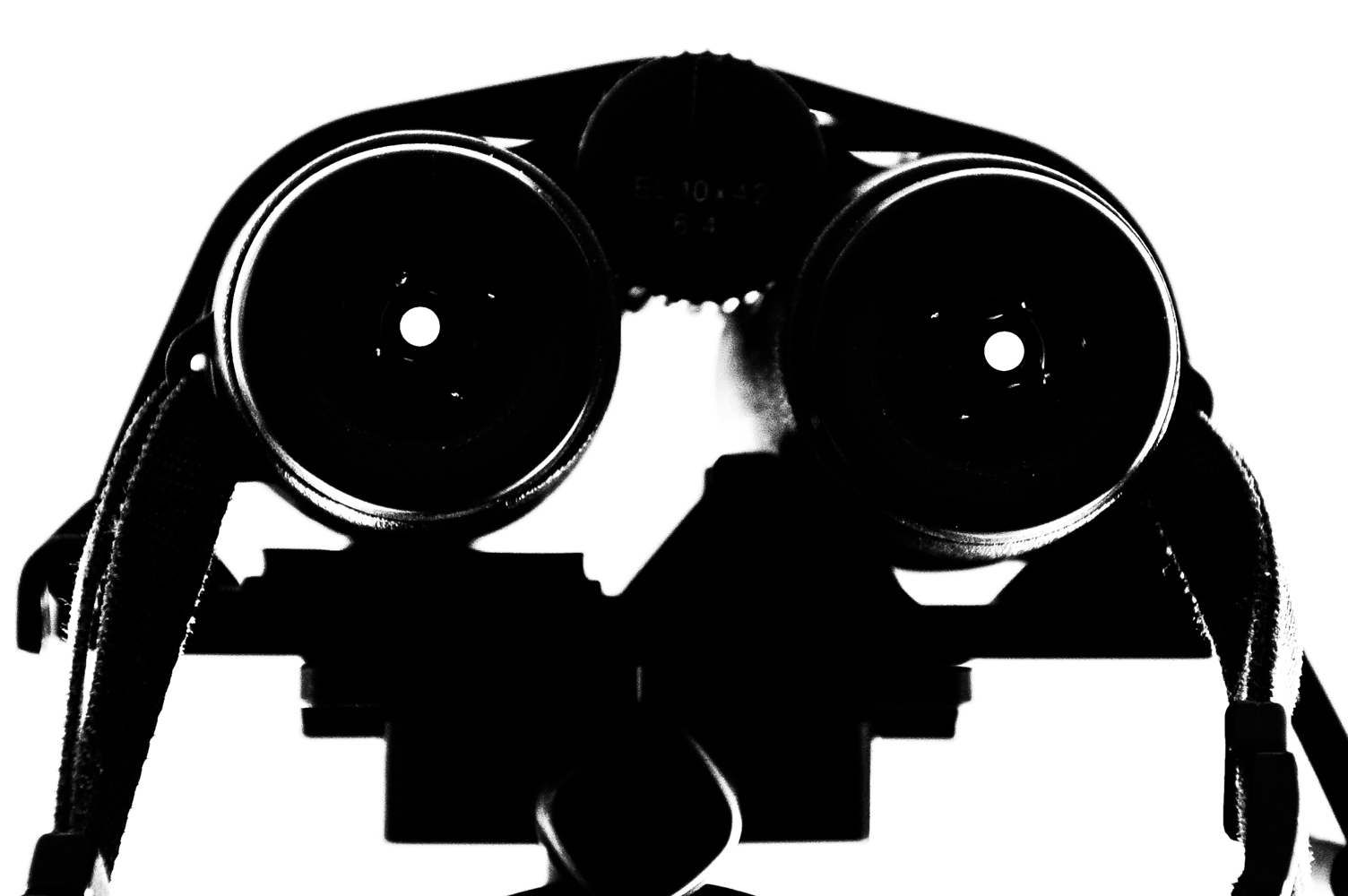
-
How much do the bins weigh?
The weight of binoculars is an important point for many people. Nevertheless, we recommend that you do not put this point first in your choice! Because saving on weight is often a loss of quality. For whom weight is a bottleneck, we recommend opting for a strap with support on your back. That way your neck will be less stressed!
-
How close will it focus?
Nowadays, most naturalists look more at insects and flora compared to the past. For these hobbies, the distance to the subject is often much shorter than, for example, birds that are at a great range. So test how close to you the bins can focus. Distances of 1.5 – 2.5 meters are no longer exceptions these days.

